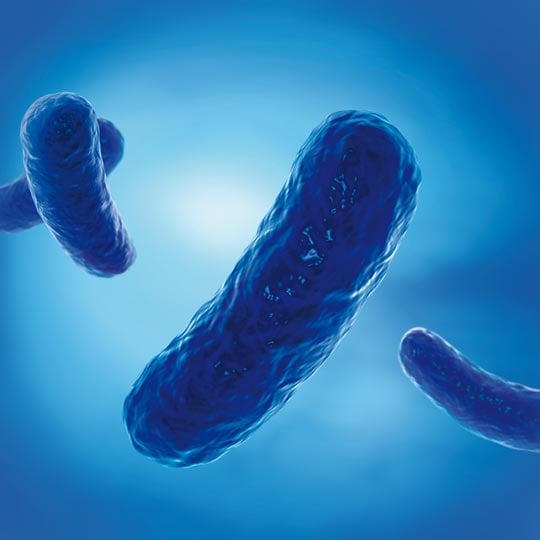HARTMANN SCIENCE CENTER

Alcaligenes xylosoxidans is a Gram-negative, rod-shaped bacterium with flagella, and belong to the family of Alcaligenaceae.
Alcaligenes xylosoxidans may lead to local and systemic infections, particularly in immunosuppressed people. The most common nosocomial infections elicited by this bacterium include peritonitis, bloodstream infection, or meningitis.
It is mainly transmitted via contact with contaminated liquids, e.g. contaminated intravenous solutions, mouth rinses, or soap solutions.
Alcaligenes xylosoxidans possesses natural resistance to all cephalosporins and often to aminoglycosides and aztreonam, too. There have been reports of ESBL producers among Alcaligenes xylosoxidans.
The transmission mainly occurs via direct or indirect contact and droplet infection, e.g. through contaminated nebulisers and ventilation equipment.
» Necessary spectrum of antimicrobial activity
Bactericidal
